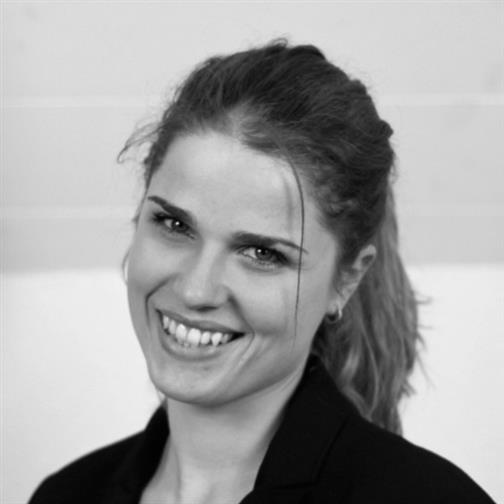Large-Scale Scrum (LeSS) is used since 2005 and is used for lean and agile development of big product groups. LeSS aims to stay within the constraints of the standard Scrum rules. This framework can be used up to eight teams of eight people each. An additional framework called LeSS Huge can be used for up to a few thousand people on one product. It is therefore a scaled up version of the one-team Scrum, and it maintains many of the practices and ideas. The framework includes a single product backlog because it’s for a product, not for a team. There is one definition of done for all teams. At the end of each sprint there is one potentially shippable product increment. There is one product owner and many complete, cross-functional and no single-specialist teams. In LeSS all teams are in a common sprint to deliver a common shippable product every sprint.
What’s Different in LeSS?
In addition to the one product owner, the sprint planning includes people from all teams. Team members self-manage to decide their division of product backlog items. They discuss opportunities to cooperate for related items. The sprint planning as well as the daily Scrum is held independently by each team.
There may be a short overall product backlog refinement meeting that includes one product owner and people from all teams. The purpose is to decide which teams are likely to implement which items and therefore select those items for later in-depth single-team product backlog refinement meetings. This is a chance to increase alignment with the product owner and all teams.
The sprint review includes one product owner and people from all teams, and relevant customers/users and other stakeholders. For the phase of inspecting the product increment and new items a large room with multiple areas, each staffed by team members, where the items developed so far are shown and discussed, is used.
The overall retrospective is a new meeting not found in one-team Scrum. Its purpose is to explore improving the overall system, rather than focusing on one team. It includes the product owner, scrum masters, and rotation representatives from each team.
LeSS is about applying the principles of Scrum in a large-scale context: Multiple-team Scrum, not multiple Scrum teams.
The underlying principles
Inspection and adaption of the product, processes, organizational design, and practices, rather than following a detailed formula is key. Empirical process control requires and creates transparency. Transparency is based on tangible “done” items, short cycles, working together, common definitions, and driving out fear in the workplace.
In empirical process control you get more learning with less defined processes. In lean thinking you get more value with less waste and overhead. In scaling you get more ownership, purpose, and joy with less roles, artifacts, and special groups.
The focus lies on one product backlog, one product owner, one potentially shippable product increment, and one sprint. Value and waste must be identified in the eyes of the paying customer. The cycle time needs to be reduced from their perspective. Feedback loops with real customers need to be increased. Everyone needs to understand how their work today directly relates to paying customers.
Products get created and delivered all the time to ensure continuous improvement towards perfection.
Optimization takes place for the whole system and no just parts. It should avoid focusing on the efficiency of individuals and individual teams. Customers care about the overall concept-to-cash cycle time and flow, not individual steps.
The organizational system should be founded on managers-as-teachers principles. Respect for people and continuous improvement are the two pillars. All towards the goal of perfection.
Managing queue sizes, work-in-progress limits, and variability need to be based on understanding how systems with queues behave in the R&D domain.

